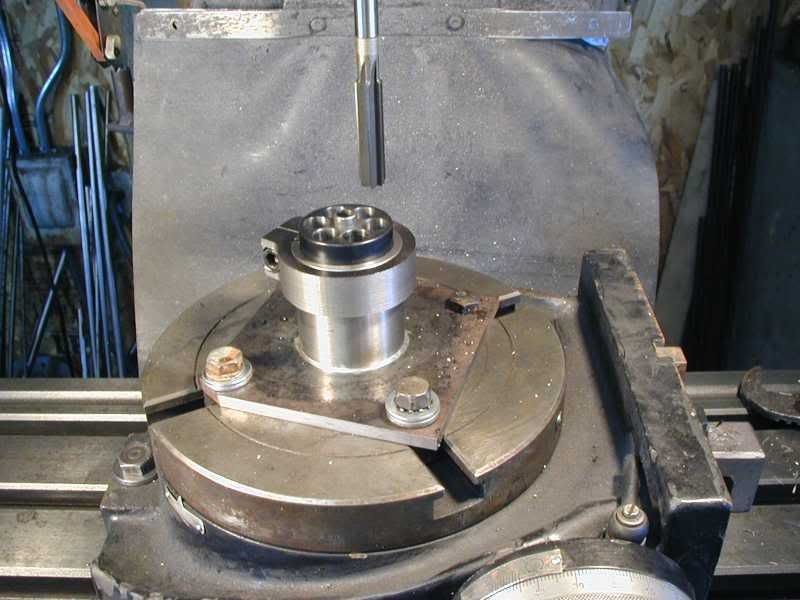Got a new Pietta 1858
The cylinders measure .446
Bore .451
I know this is the norm for Pietta, but I want the cylinders opened up for better accuracy.
Is there a tool I can buy or rent to ream the cylinders or someone I can send the cylinder to
to get it reamed to .450 - .452
The cylinders measure .446
Bore .451
I know this is the norm for Pietta, but I want the cylinders opened up for better accuracy.
Is there a tool I can buy or rent to ream the cylinders or someone I can send the cylinder to
to get it reamed to .450 - .452







